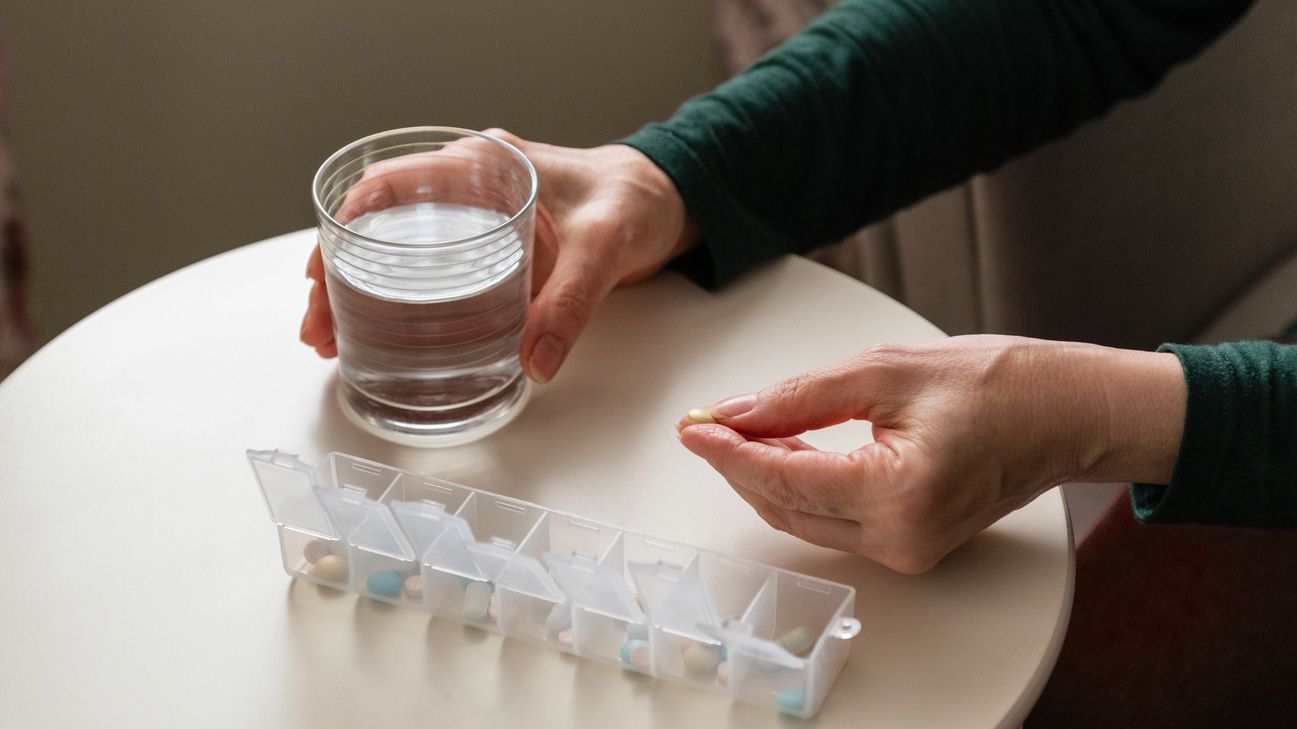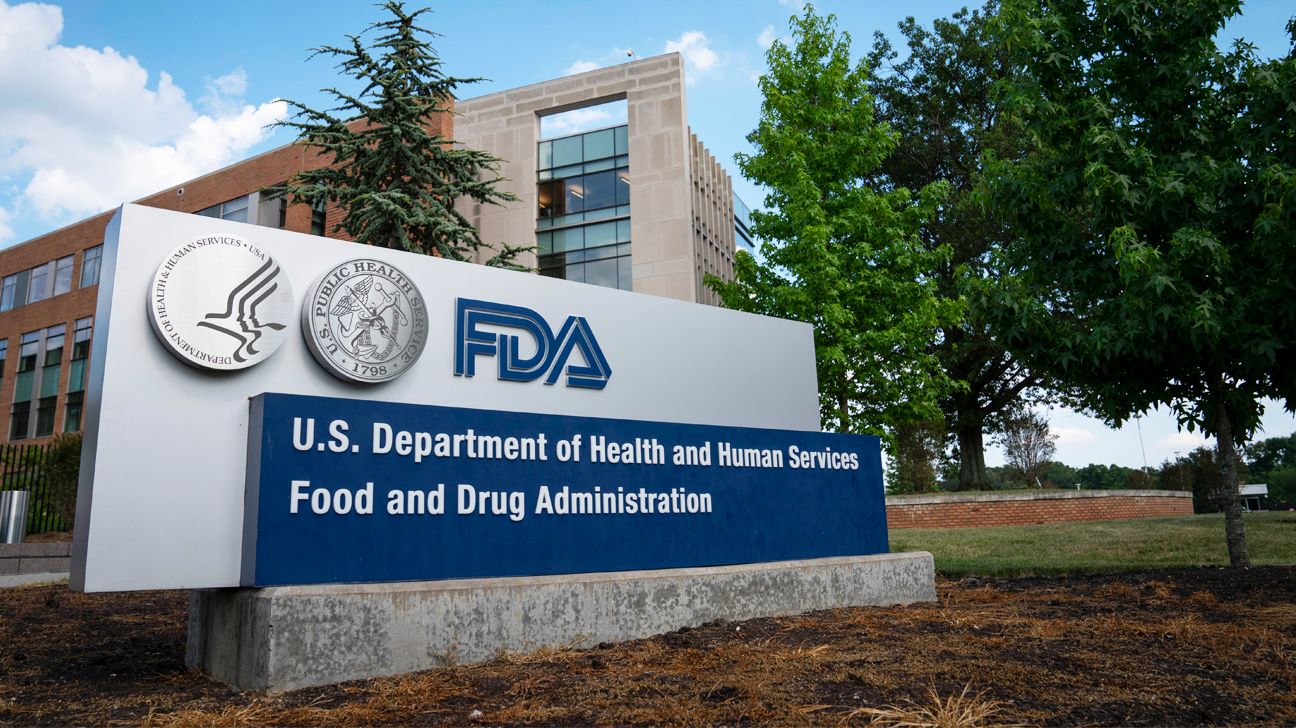‘Stresslaxing’: Why Trying to Relax Can Stress You Out

- Stressing out about finding ways to relax can increase anxiety, leading to feeling “stresslaxed.”
- Health experts say there are several ways you can avoid or overcome feeling “stresslaxed.”
- Chronic stress can increase a number of health risks, including high blood pressure, heart attack, and stroke.
Recognizing you are stressed and need to relax is a good step toward helping yourself.
However, when finding ways to de-stress adds more stress to your life, you may end up feeling “stresslaxed,” a counterproductive effect that can lead to a vicious cycle of increased anxiety and worry.
“This term refers to the phenomena or experience of people who are in an anxious or stressed state trying to calm down and feel more relaxed by forcing themselves to take a break or unwind,” Dr. Michael Schirripa, psychiatrist, podcast host, and author of the upcoming novel Mindhunt, told Healthline.
When people force themselves to relax, they can become more anxious, and they may worry more about how well or efficiently they are actually able to relax.
The clinical term for “stresslaxed” is relaxation-induced anxiety, said Deborah Serani, Psy.D., professor at Adelphi University and author of the award-winning book, “Living with Depression.”
“Research suggests that if you already struggle with generalized anxiety or overthinking, you may be more prone to stresslaxing. Other evidence says individuals with stresslaxing struggles may also experience panic attacks in addition to their stress and anxiety. And then there are others who may become depressed because they can’t relax freely,” she told Healthline.
Does the brain resist forced relaxation?
In many ways, the brain resists forced relaxation, particularly the part of the brain called the amygdala, which is always searching for danger.
“We need to remember that our brains are always ‘on’ and are actually designed to be worried. After all, that anxiety can keep us alive as we are always aware of potential dangers that may threaten us,” Schirripa said.
People who live with anxiety, worry, and ruminations have difficulties with cognitive control, meaning they find it hard to put certain thoughts “on hold,” said Serani.
“Along a different line, there are some people who may need to stay busy because subconsciously, being calm, having space, and experiencing ease may give rise to negative thoughts or memories of traumatic experiences,” she added.
Why is it hard for some people to relax?
Schirripa said people find it difficult to relax due to external pressures and internal dynamics.
External pressures, such as work, study, family, and other commitments, can make people feel like they are constantly “switched on” to the outside world and are at the beck and call of others.
“They can then feel obligated to meet the demands of these outside influences, and as such, this can lead to a perception that they are not allowed to actually have any downtime or a space to relax that is just for themselves,” Schirripa said.
Serani noted that work time and leisure time no longer have definitive boundaries.
“Long ago, the workday ended at 5 pm and the weekends were for rest and relaxation, and on Sundays, stores were closed, which helped to make home time and relaxation easier to do. These predictable guidelines just don’t exist anymore,” she said.
Furthermore, technology, access, and other modern conveniences have blurred the lines of work and play, leading to what sociologist Dalton Conley of Princeton University coined “Weisure” (the merging of work and leisure activities).
“So, it becomes very hard to carve out relaxation time,” Serani said.
Internal dynamics that affect the ability to relax include feeling the drive to keep active and not giving oneself permission to slow down and relax.
“Sometimes people worry that if they are relaxed, that they will be bored or, alternatively, by slowing down and relaxing, there can be a fear that they will need to focus too much on the thoughts or feelings going on inside them,” said Schirripa.
Are there long-term consequences of not being able to properly relax?
Chronic stress has been connected to high blood pressure, which can lead to heart attacks and strokes, fatigue, ulcers, headaches, backaches, difficulty concentrating, and irritability.
“Depression and anxiety can surge, as can social, relational, and interpersonal difficulties when you don’t stop and smell the roses,” said Serani.
Not being able to properly switch off and relax can “reset” the nervous system to function at an overly stimulated level, added Natalie Christine Dattilo, PhD, clinical psychologist, founder of Priority Wellness, and instructor at Harvard Medical School.
“Over time, this can make it more difficult to elicit a relaxation response,” she told Healthline. “I meet with people who tell me they feel agitated, on edge, and anxious ‘from the neck down,’ but don’t describe feeling mentally anxious at all…which for me is an indication that we need to actively reset their default activation state through intentional relaxation practice.”
Strategies to help you relax
When trying to relax, Dattilo said first realize that relaxation is not as passive an activity as people have been led to believe, and it doesn’t come naturally to some people.
“I think one of the main reasons some people find it hard to relax is because it’s actually a skill we need to practice on a regular basis in order to fully experience its beneficial effects,” said Dattilo.
Often, people confuse relaxation with “zoning out.”
“This can certainly give our brain a break, but the real goal of relaxation is to ‘downshift’ our nervous system,” Dattilo said.
Downshifting happens through an active process designed to elicit the “relaxation response,” the physiological opposite of the fight-or-flight response.
“It counteracts the negative effects of stress and returns our nervous system to a homeostatic balance,” she said.
Triggering the relaxation response can be done through visualization, muscle relaxation, massage, breathing techniques, meditation, prayer, and yoga.
Try the following tips to set relaxation in motion.
- Set boundaries between work and home life. “Also, consider powering down from technology early each night. Make self-care a priority and learn how to manage this every day,” said Serani.
- Practice the Benson Relaxation Method, which involves sitting in a comfortable position, closing your eyes, intentionally relaxing all the muscles, beginning at your feet and working up to your head, breathing slowly, for 20 minutes. “This will likely feel a little challenging or forced at first, so maybe start with 5 minutes and gradually work your way up,” said Dattilo.
- Focus on a “done” list to recall what you’ve already accomplished. “Thinking about the to-do list perches you in the future, keeping you from being in the moment,” said Serani. “Highlighting your done list will aid in celebrating your finished chores and encourage relaxation. A done list helps you linger in the past.”
- Engage in 5-minute meditation. “Studies show that even 5 minutes of deep breathing, silence, and restfulness can enhance mental and physical functioning,” Serani said. If you can go for more time meditating, consider a guided meditation with an app, or simply rest, nap, or enjoy some solitude, she said.
- Feed your senses and ground yourself by using the “5,4,3,2,1 Technique” to reduce anxiety so you can relax more readily. “Ask yourself to find 5 things you can see, 3 things you can hear, 4 things you can touch, 2 things you can smell, and 1 thing you can taste,” said Serani.
‘Stresslaxing’: Why Trying to Relax Can Stress You Out Read More »








